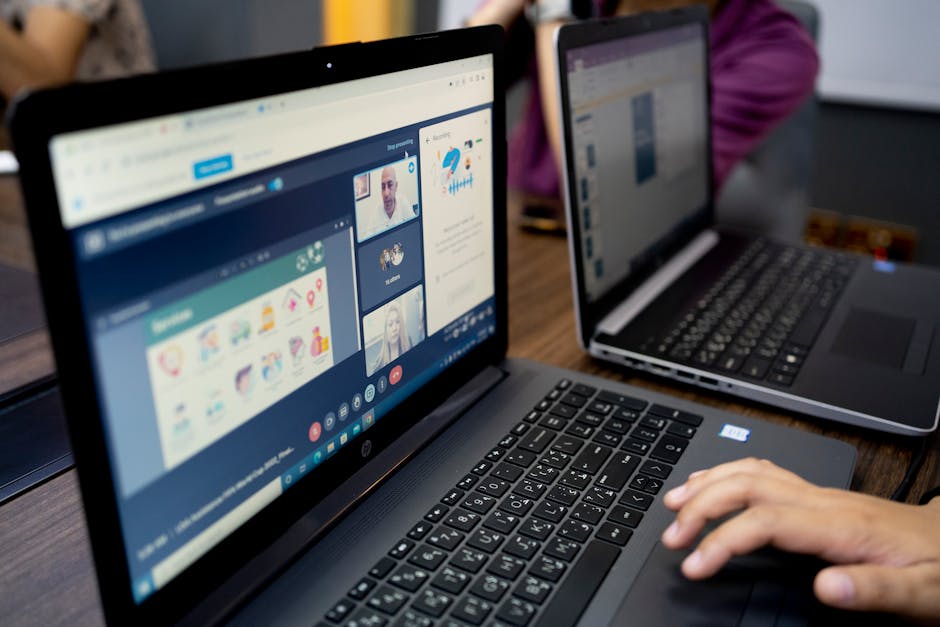
Future of Remote Work Technologies and Video Conferencing Tools
The landscape of remote work is evolving rapidly, driven by advancements in remote work technologies and the proliferation of video conferencing tools. As organizations adapt to hybrid and fully remote models, understanding the future of these technologies becomes crucial for maintaining productivity and collaboration.
Emerging Trends Shaping Remote Work
Future innovations in remote work technologies are focused on enhancing user experience, integration capabilities, and security. From AI-powered virtual assistants to immersive virtual reality environments, the possibilities are expanding to make remote collaboration more seamless and engaging.
Similarly, video conferencing tools are becoming more sophisticated, offering features such as real-time transcription, reactions, and integrations with project management platforms. These advancements aim to replicate in-person interactions as closely as possible, fostering better teamwork across distances.
Top Video Conferencing Tools for the Future
Leading platforms like Zoom, Microsoft Teams, and Google Meet are continuously updating their features to cater to the evolving needs of remote teams. Future developments may include more intelligent meeting assistants, enhanced security protocols, and improved interoperability between tools.
For organizations looking to stay ahead, exploring these video conferencing tools and integrating them into daily workflows can provide a significant competitive advantage.
Best Practices for Remote Collaboration
To maximize the benefits of remote work, companies should invest in reliable remote work technologies and train employees to use them effectively. Establishing clear communication protocols and encouraging a culture of transparency can lead to more productive and engaged remote teams.
